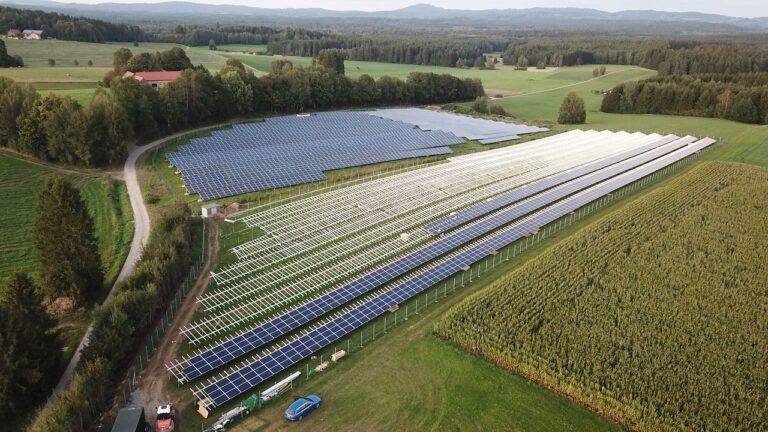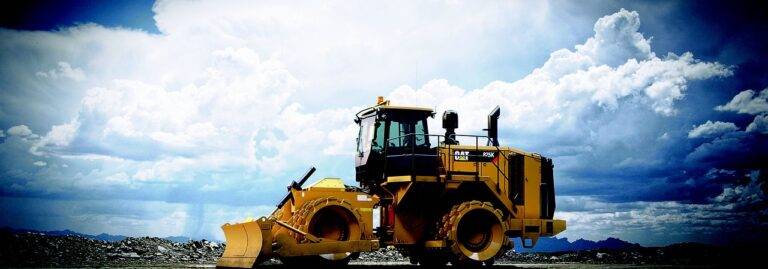Tech in Emergency Response: Innovations and Best Practices
Effective emergency response faces various challenges, including limited resources and funding constraints. In times of crisis, the demand for emergency services often exceeds the available capacity, leading to delays in response and potential gaps in assistance. Moreover, coordinating efforts among multiple agencies and organizations can pose a significant challenge, as different stakeholders may have varying protocols and communication systems.
Another critical challenge in emergency response is ensuring the safety and well-being of first responders. These brave individuals are on the front lines, risking their lives to save others during emergencies. However, inadequate training, lack of proper equipment, and exposure to hazardous environments can jeopardize their safety and effectiveness in responding to crises. Prioritizing the health and resilience of first responders is crucial for ensuring a coordinated and efficient emergency response system.
The Role of Technology in Disaster Preparedness
In the realm of disaster preparedness, technology plays a pivotal role in enhancing response efforts and minimizing risks. With the advancement of communication technologies, emergency responders are now able to streamline their coordination and dissemination of crucial information in times of crisis. Real-time data sharing and geospatial mapping tools enable authorities to pinpoint affected areas swiftly, facilitating rapid deployment of resources and aid to those in need.
Moreover, the integration of predictive analytics and artificial intelligence in disaster management systems allows for better forecasting of potential risks and scenario planning. These technologies help emergency responders to preemptively strategize and allocate resources more efficiently before a disaster strikes, thus improving overall preparedness and response capabilities. By harnessing the power of technology, stakeholders can mitigate the impact of disasters and protect lives and livelihoods in the face of unforeseen calamities.
How can technology help in disaster preparedness?
Technology can help in disaster preparedness by providing early warning systems, real-time communication tools, mapping and tracking capabilities, and data analytics for better decision-making.
What are some challenges in emergency response that technology can help address?
Some challenges in emergency response that technology can help address include communication breakdowns, resource allocation, coordination among different agencies, and data management.
How can drones be utilized in disaster preparedness and response efforts?
Drones can be utilized in disaster preparedness and response efforts for aerial surveillance, search and rescue operations, damage assessment, and delivering supplies to remote areas.
What role can social media play in disaster preparedness?
Social media can play a crucial role in disaster preparedness by providing real-time updates, crowd sourcing information, coordinating relief efforts, and connecting affected individuals with resources and support.
How can artificial intelligence aid in disaster preparedness and response?
Artificial intelligence can aid in disaster preparedness and response by analyzing data to predict disaster risks, optimizing resource allocation, automating emergency response processes, and conducting post-disaster assessments.





